HANACHA STUDIO’s Craftsmanship is rooted in Complexity: Deconstructivism- fabrication
Philosopher Jacques Derrida introduced Deconstructivism in 1967, with the purpose of translating and adapting for his own ends Martin Heidegger’s German word; the process of breaking down established forms. The basic idea is akin to that of an object being smashed (=deconstructed) into the smallest possible pieces, and each of them is then carefully thought and re-constructed back with new logic.
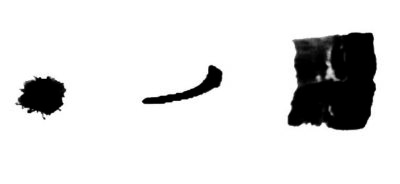
- Ruin action
- Idea of fragmentation
- Interest in manipulating the ideas of a sculpture’s surface or skin
- Non-rectilinear shapes which serve to distort and dislocate some of the elements.

On top of this profound thoery, HANACHA STUDIO’s design methodology for craftsmanship advocates Lee U-fan’s (or Ou-Fan, or U-Hwan, born 1936) theory of point, line, and plane. He is a Korean-born Japanese minimalist painter and sculptor who was the leader of the Japanese material school Monoha in the late 1960s.
His work utilises formative basic elements which are point, line and plane. This approach is clear in his early painting series, From Point and From Line (1972–84). Each brushstroke is applied slowly and comprises several layers and creates line and plane.
As a matter of the method of the design approaching, HANACHA STUDIO discovered deconstruction based on a philosophical and methodological approach of point, line, and plane.
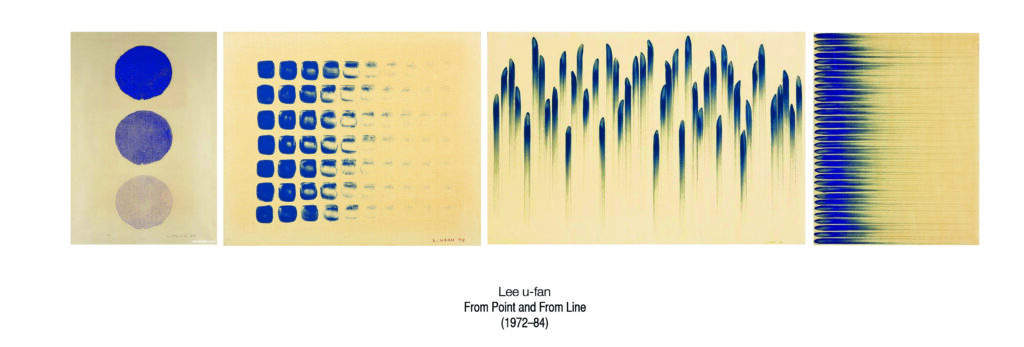
Crafted Fabrication : Metal-fringed
In the process of developing raw edge from the fabric, HANACHA STUDIO was able to see the individual fluffy yarns which are waste from the raw edges of the fabric and discovered that this is an expression of Deconstruction in that the fabric has been destroyed and each strand of yarns represents a reformulated part of the whole.
What is more, deconstruction is related to a primary research in the form of HANACHA STUDIO’s paintings. In these paintings, a brush stroke has been used as a method of expressing class struggle and there were coarse grains or lines and I interpreted this as the deconstruction of plane in the brush stroke.
It prompted to remind not only of the deconstruction of the brush stroke, but also Korean traditional ink-and-washing painting, which infuses HANACHA STUDIO’S originality and identity. Whilst deciding to graft brush strokes as a two-dimensional aspect of design methodology, HANACHA STUDIO discovered metal fringe as a further methodology in order to express two-dimensional brush strokes in a three-dimensional way.

Hnacha studio’s metal fringe development in process, 2012
Hnacha studio’s metal fringe in process, 2023


Hnacha studio’s metal fringed objects, 2018-2019, Seoul, Tokyo
Hnacha studio’s metal fringed objects, 2018, London
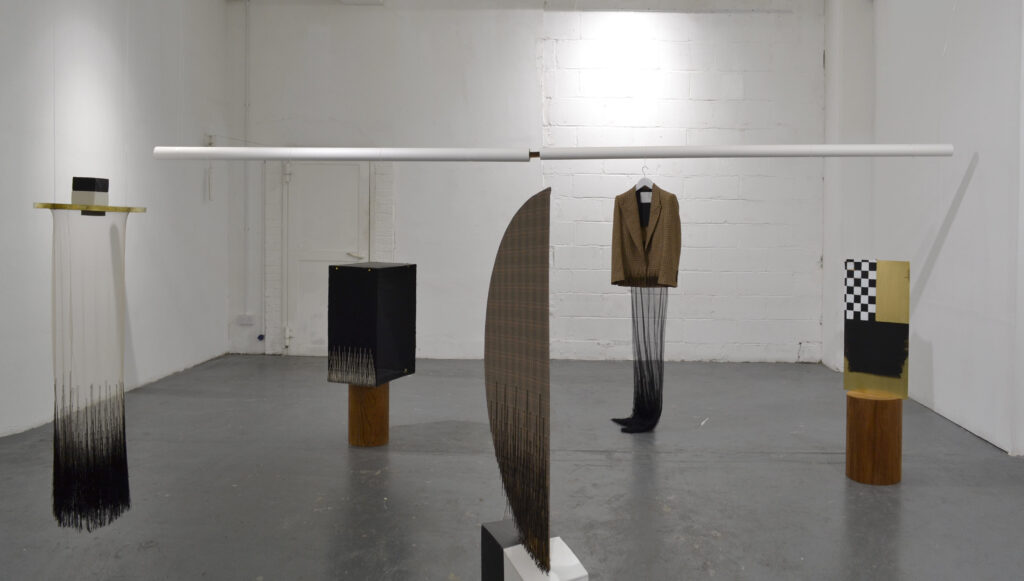
Hnacha studio’s metal fringed objects, 2018, London
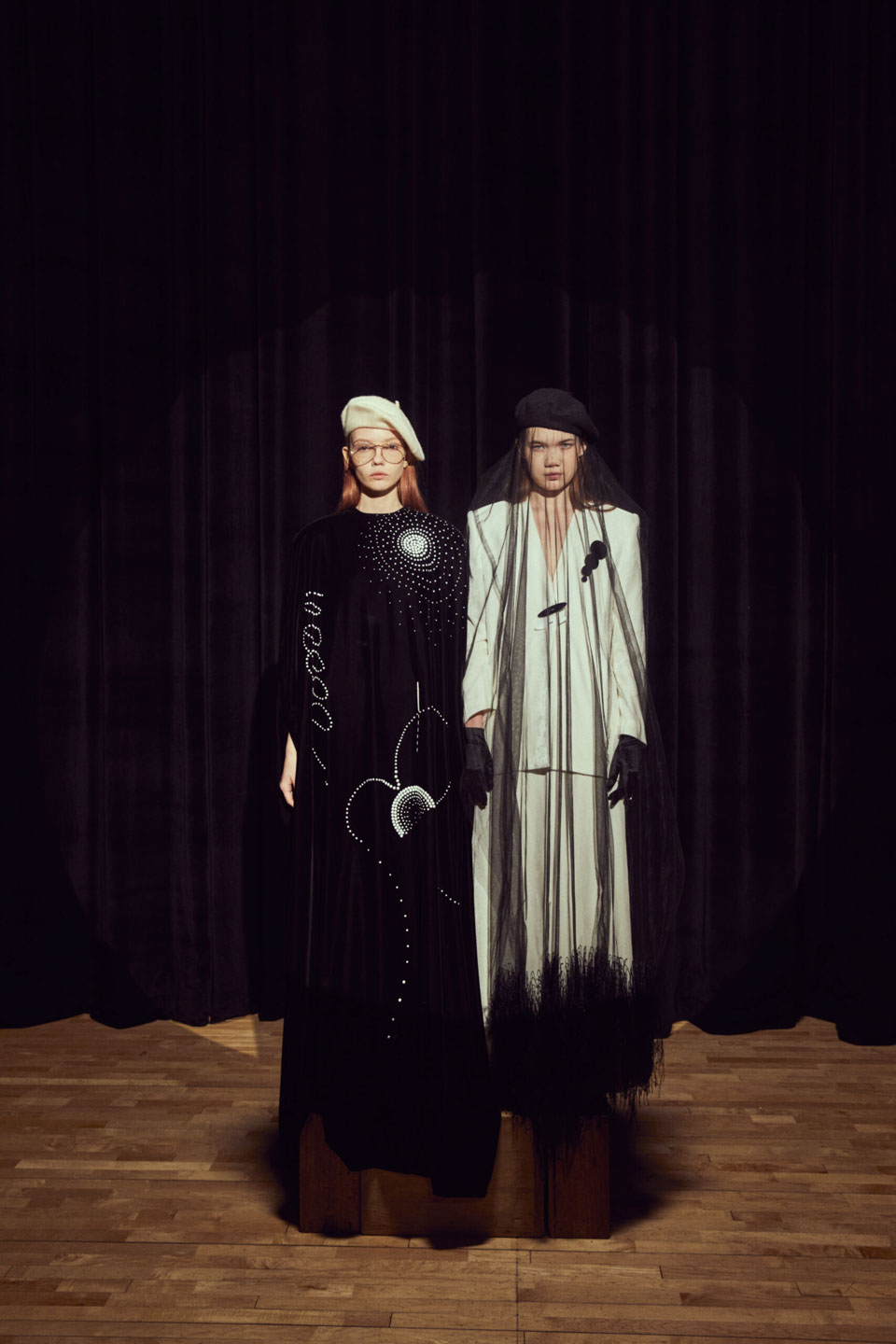
Hnacha studio’s metal fringed collection, 2022 Autumn Winter
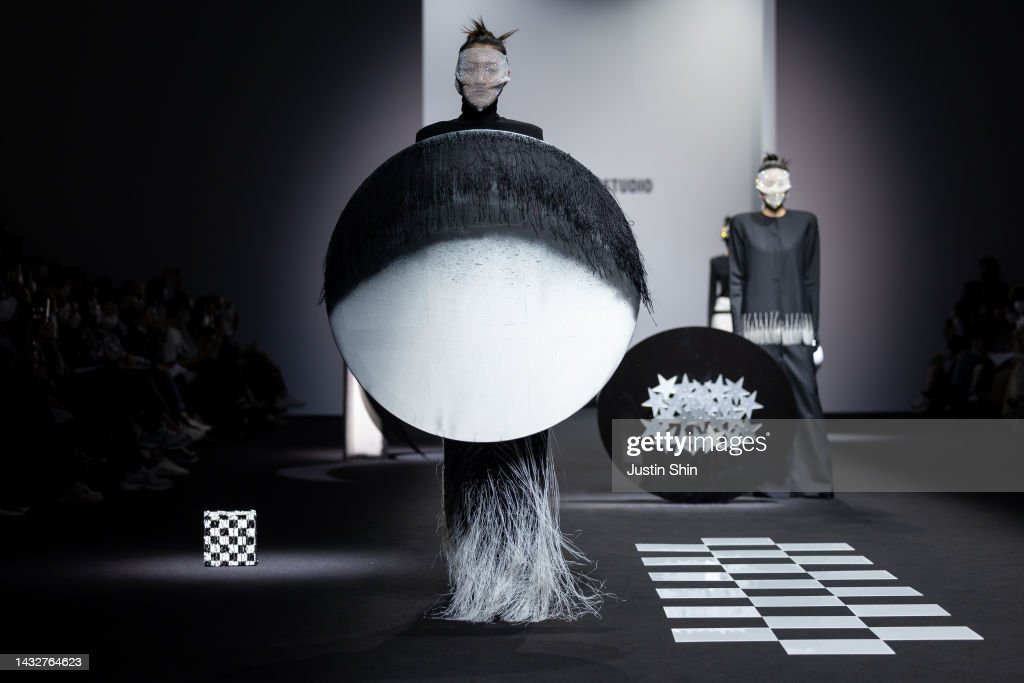
Hnacha studio’s metal fringed collection, 2023 Spring Summer
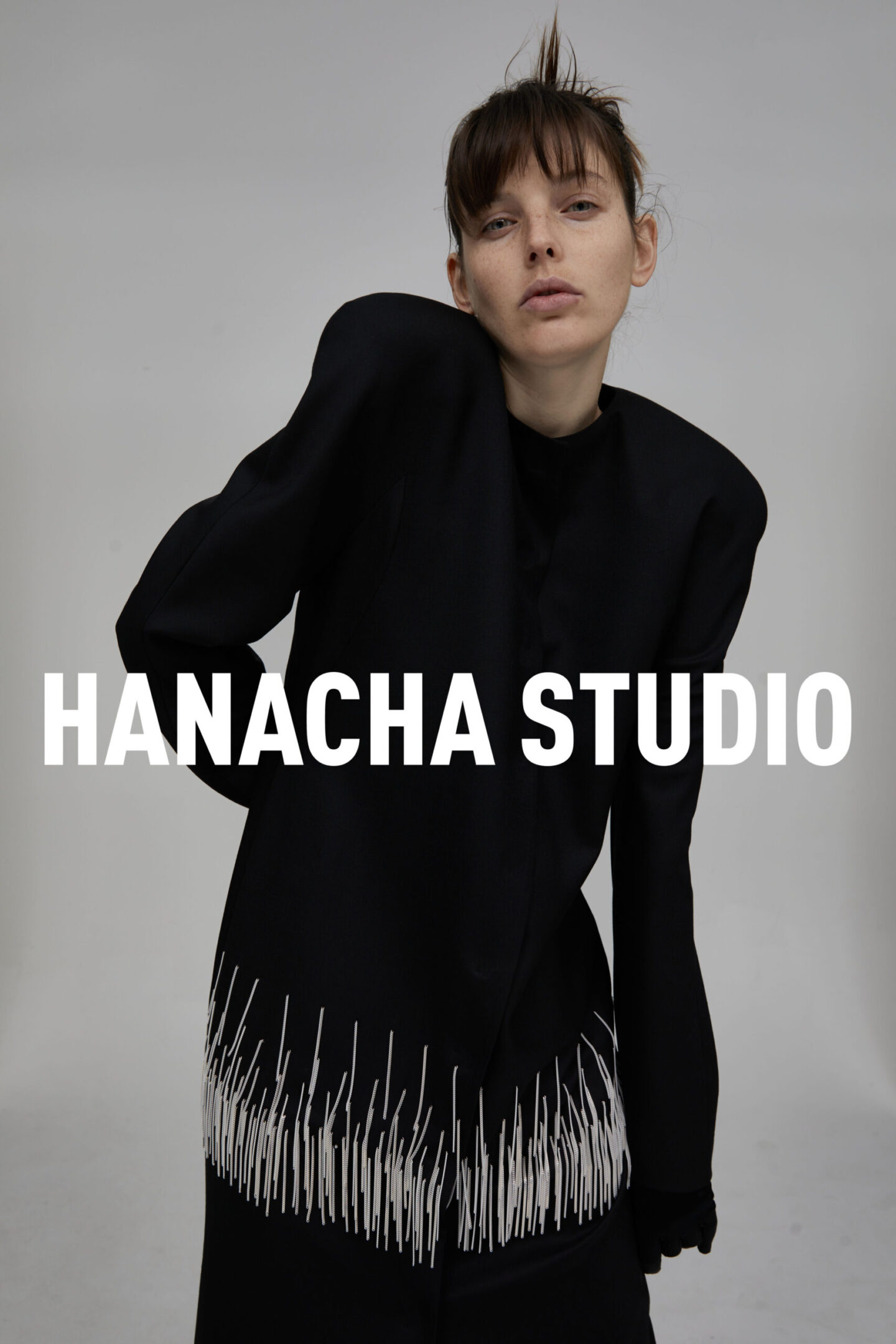
Hnacha studio’s metal fringed collection, 2023 Spring Summer campaign
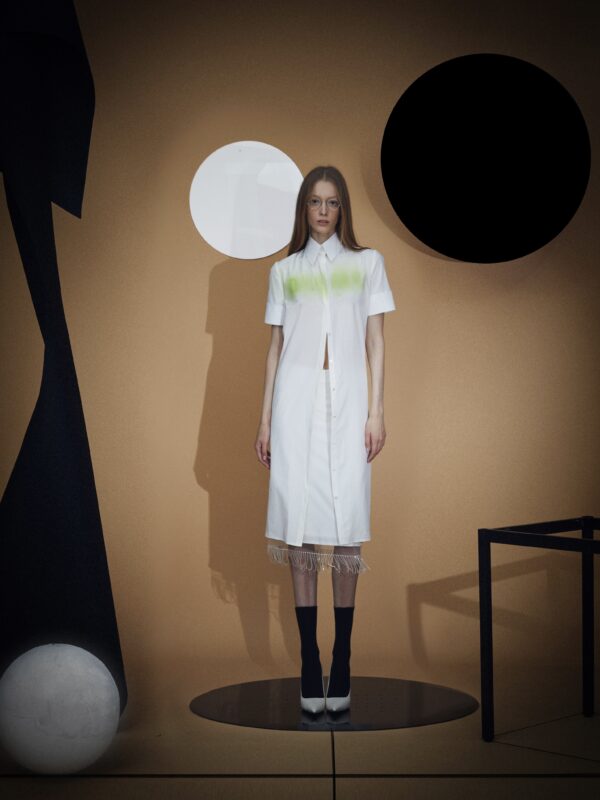
Leave a Reply